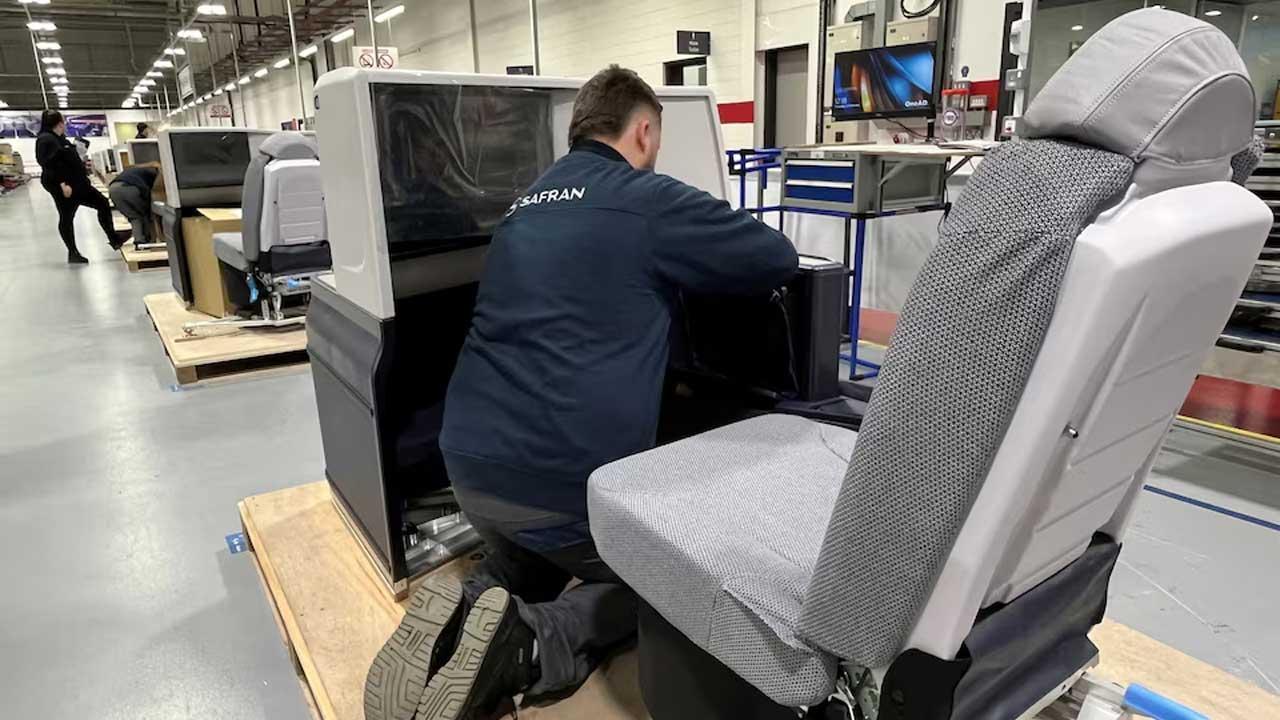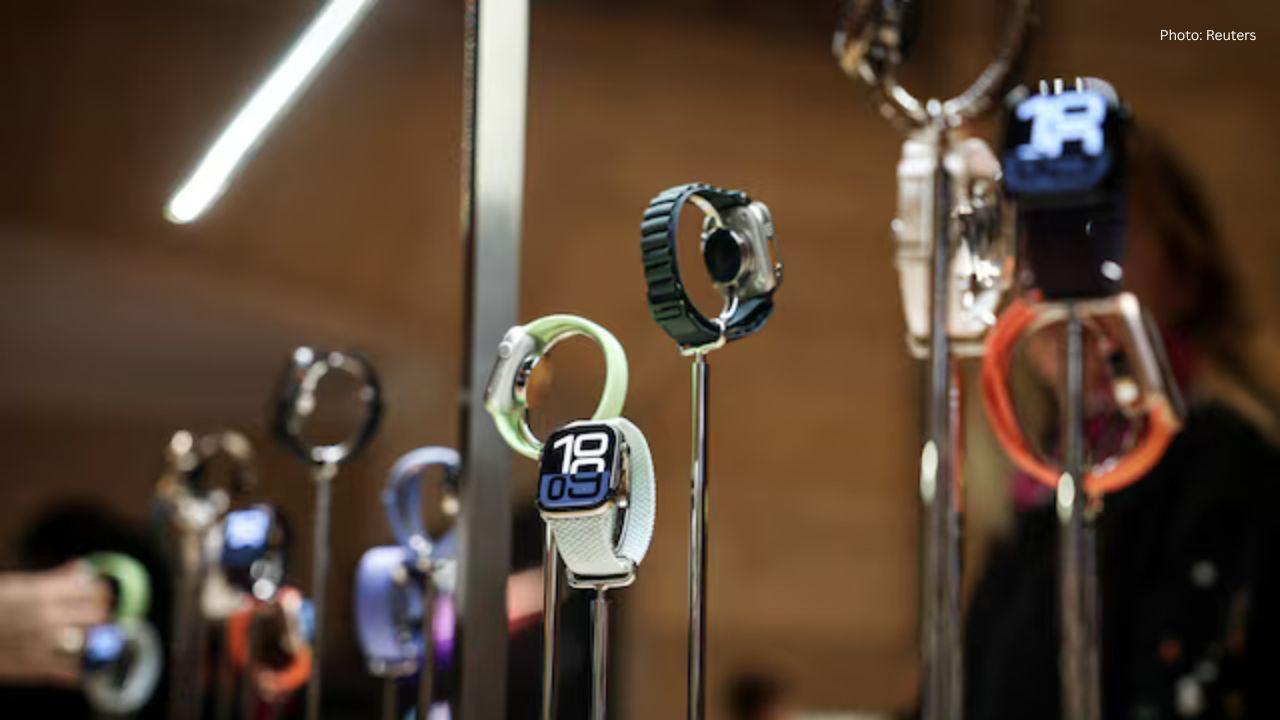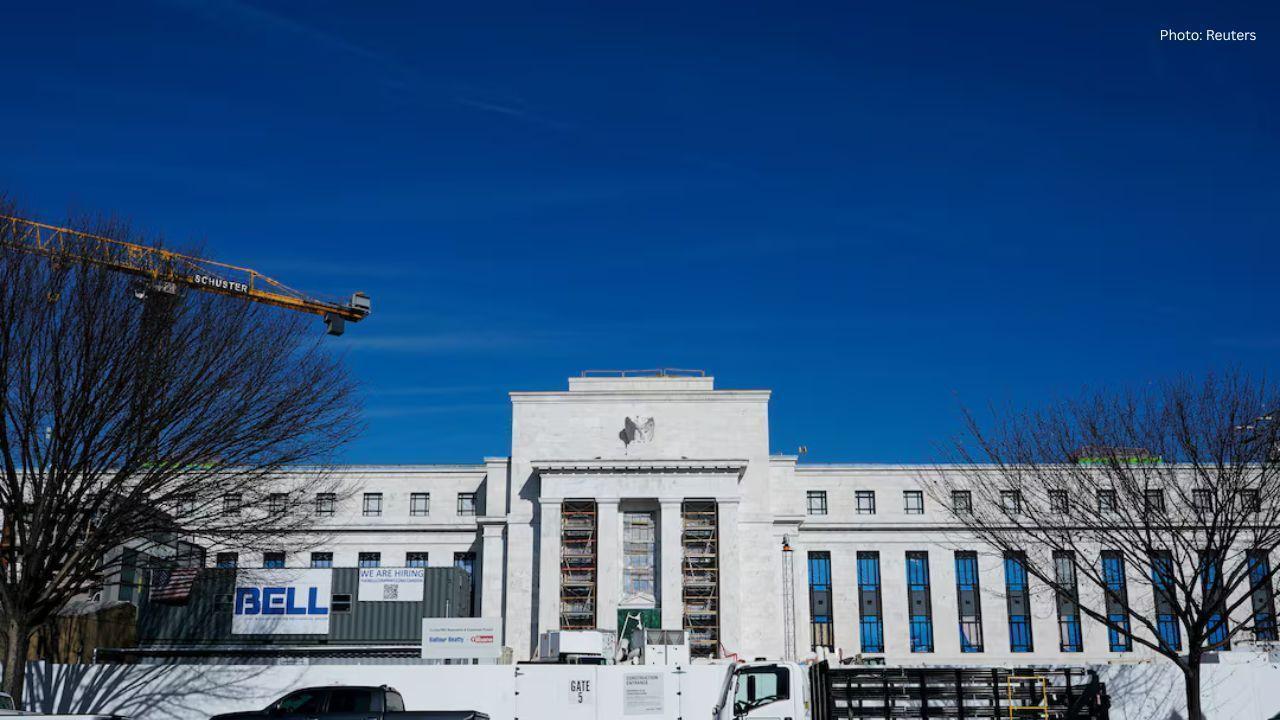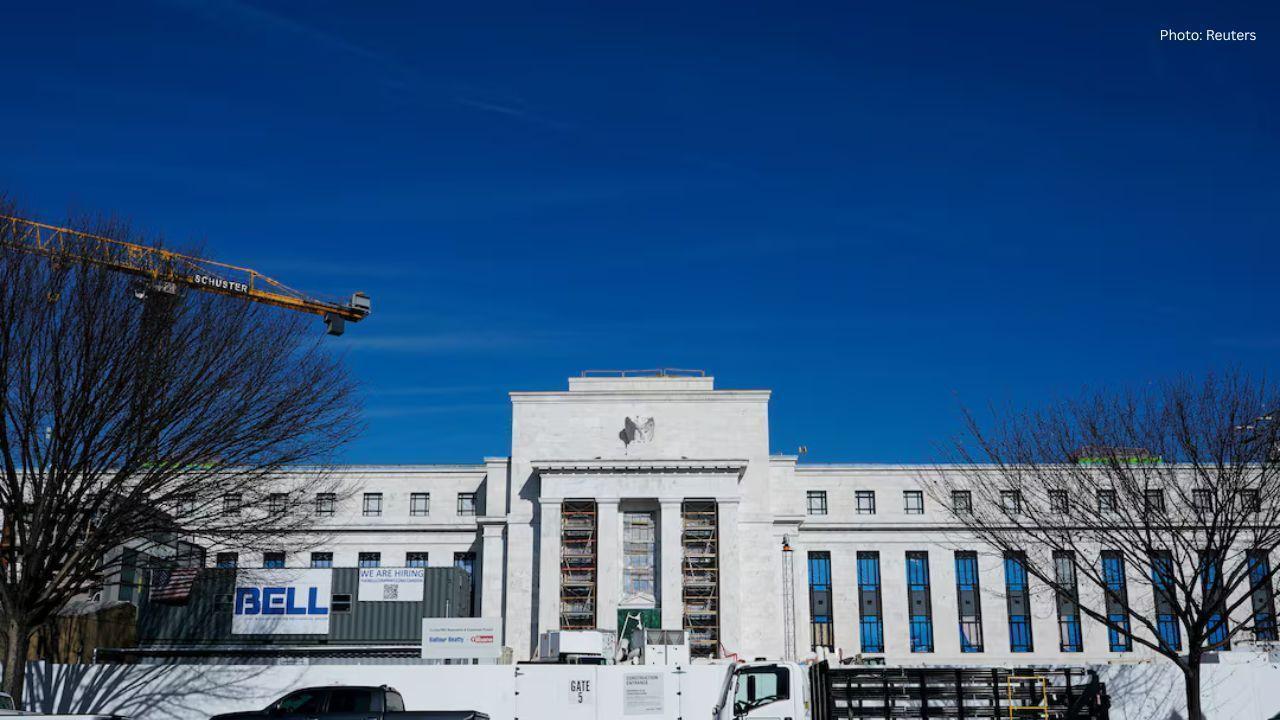
Post by : Ramanpreet Kaur
Photo : Reuters
Inside the armrest of a luxury airplane seat lies a hidden problem that is affecting the entire airline industry. What seems like a small, simple part is actually part of a very large issue. Today, airplane seats—especially premium and business-class seats—are causing delays in jet deliveries, raising costs for airlines, and even leading to higher ticket prices for passengers.
While this may sound surprising, the reason is simple: making modern airplane seats is a very complex job. It involves thousands of small parts, many suppliers from around the world, and a lot of time. Because of this, airlines cannot receive their new airplanes on time, even when the rest of the plane is ready.
What’s So Hard About Building a Seat?
A luxury business class seat may look simple, but it’s very high-tech. It includes many parts like:
Each seat can contain up to 3,000 parts. These parts are made by about 50 different companies in 15 countries. Once all the parts are ready, they need to be put together carefully and tested for safety.
Now multiply that by the hundreds of seats required for each airplane. This turns into a huge job for seat-making companies.
Why Now? What Changed?
The world is flying again. After the COVID-19 pandemic, people are traveling more than ever before. Business trips are back. Families are vacationing. Retirees want comfort. Young travelers want luxury experiences.
To meet this demand, airlines need more airplanes—and more seats.
But there’s a problem. Many seat-making companies slowed down or shut down during the pandemic. Some workers left the industry for other jobs. Others lost experience over time. Now, with travel demand suddenly growing again, the seat industry is struggling to keep up.
One of the biggest seat suppliers, Safran Seats, only just returned to full production in late 2024. Their factory in Cwmbran, Wales, shows how careful and detailed the process is. Each seat is built by hand in a small workspace—not on a fast-moving production line like a car factory.
How Expensive Are These Seats?
Seats are not just important—they are very expensive:
A business class seat costs around $80,000 to $100,000
A first-class suite can cost up to $1 million
Airlines are willing to pay this because these seats bring in the most money. A single luxury seat can make more money than several economy seats. That’s why airlines compete to offer the best seat experience.
As Lufthansa Group CEO Carsten Spohr explained: "Onboard, the only things we can truly make special are the crew, the catering, and the seat."
Not Enough Seats, Not Enough Planes
Because the seats take so long to build, airplanes can’t be delivered. Companies like Airbus and Boeing already warned airlines that plane delays may continue for at least three more years. Without seats, planes can’t be completed and delivered.
A study says that airlines will need over 8 million new seats in the next 10 years. But seat makers are still trying to catch up from pandemic delays. As a result, some new planes are ready—but just sitting on the ground, waiting for seats.
Special Requests Make It Worse
Most airlines do not want a “standard” seat. They want custom designs. For example:
All of this adds time, cost, and complexity to the seat-building process.
And even inside the same plane, the left-side and right-side seats are often not the same shape due to the curved walls of the airplane. So almost every seat is slightly different. That makes mass production very hard.
Safety Testing and Certifications Take Time
Every seat also needs to pass tough safety tests. These tests include:
There are not enough trained engineers to do these tests quickly, which adds more delay.
On top of that, seats wear out faster than planes. A plane can last 20 to 25 years, but a seat usually lasts only 7 to 10 years. So airlines also need replacement seats for old planes, adding even more demand.
Seat Makers Are Changing How They Work
Now, companies like Safran, Collins Aerospace, and Recaro are trying to make seats faster by:
This is similar to how carmakers use one frame for many car types. If the airplane seat makers can do the same, they can build faster, cheaper, and better.
Some Companies Are Saying “No”
In the past, seat makers tried to win every airline contract. But now, they are saying “no” to some orders. Why? Because they don’t want to over-promise and then deliver late.
Today, it’s better for them to take fewer jobs and do them well, instead of trying to make every airline happy.
Airbus is even thinking about charging seat makers a fine if their delays stop planes from being delivered.
Airlines Want Customization, But It’s Slowing Everything
Some airline CEOs, like Aengus Kelly from AerCap, are now asking airlines to stop customizing seats too much. He says:
“Pick a seat that is already approved. You’ll get your plane faster.”
But many airlines, like Riyadh Air from Saudi Arabia, refuse to give up on custom designs. They believe that custom seating is key to their brand.
Final Thoughts
Airplane seats might seem like a small thing—but they are now one of the biggest reasons why jets are being delayed all over the world.
The seat industry is trying to grow and speed up. But it needs more time, better systems, and a smarter way of working. Until then, airlines may face slow deliveries, and passengers may face higher ticket prices and longer waits for the newest, most comfortable planes.
Airplane seat shortage Aircraft delivery delays










Advances in Aerospace Technology and Commercial Aviation Recovery
Insights into breakthrough aerospace technologies and commercial aviation’s recovery amid 2025 chall

Defense Modernization and Strategic Spending Trends
Explore key trends in global defense modernization and strategic military spending shaping 2025 secu

Tens of Thousands Protest in Serbia on Anniversary of Deadly Roof Collapse
Tens of thousands in Novi Sad mark a year since a deadly station roof collapse that killed 16, prote

Canada PM Carney Apologizes to Trump Over Controversial Reagan Anti-Tariff Ad
Canadian PM Mark Carney apologized to President Trump over an Ontario anti-tariff ad quoting Reagan,

The ad that stirred a hornets nest, and made Canadian PM Carney say sorry to Trump
Canadian PM Mark Carney apologizes to US President Trump after a tariff-related ad causes diplomatic

Bengaluru-Mumbai Superfast Train Approved After 30-Year Wait
Railways approves new superfast train connecting Bengaluru and Mumbai, ending a 30-year demand, easi